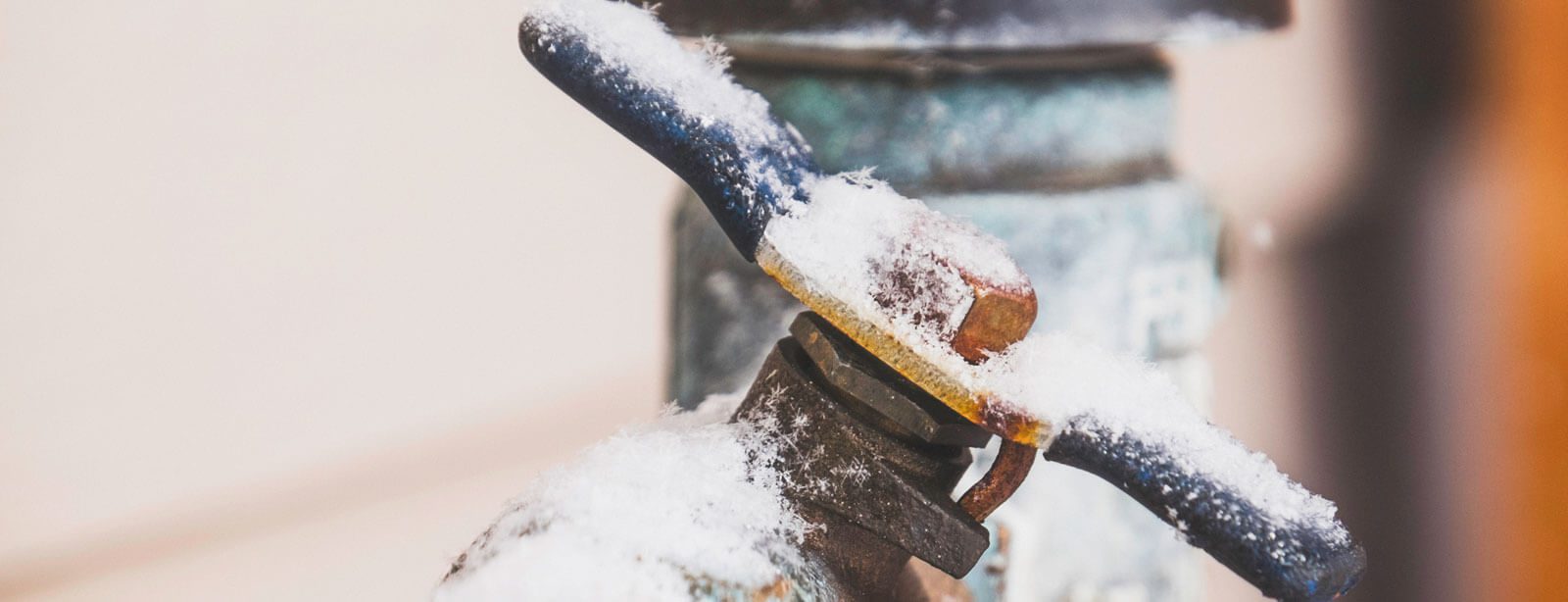What are your thoughts about How to prepare your home plumbing for winter weather?

Winter can wreak havoc on your plumbing, especially by freezing pipes. Right here's just how to stop it from happening and what to do if it does.
Introduction
As temperatures decline, the threat of icy pipelines rises, possibly bring about pricey repairs and water damages. Recognizing just how to avoid frozen pipelines is essential for property owners in chilly environments.
Avoidance Tips
Shielding prone pipes
Cover pipes in insulation sleeves or make use of heat tape to secure them from freezing temperatures. Concentrate on pipes in unheated or outside locations of the home.
Heating strategies
Keep indoor rooms effectively heated, specifically areas with pipes. Open cabinet doors to permit cozy air to circulate around pipes under sinks.
Exactly how to recognize icy pipelines
Seek lowered water flow from faucets, unusual odors or noises from pipes, and visible frost on subjected pipes.
Long-Term Solutions
Structural adjustments
Consider rerouting pipes away from exterior walls or unheated areas. Add added insulation to attics, basements, and crawl spaces.
Upgrading insulation
Buy high-grade insulation for pipelines, attic rooms, and walls. Proper insulation assists maintain constant temperature levels and reduces the danger of icy pipelines.
Shielding Outdoor Pipes
Garden hoses and outdoor taps
Disconnect and drain pipes garden pipes before wintertime. Set up frost-proof faucets or cover outside faucets with insulated caps.
Recognizing Frozen Pipes
What creates pipes to freeze?
Pipelines freeze when subjected to temperature levels below 32 ° F (0 ° C) for expanded periods. As water inside the pipes ices up, it increases, putting pressure on the pipe walls and potentially triggering them to burst.
Risks and damages
Frozen pipes can cause water supply disruptions, property damages, and pricey repairs. Ruptured pipelines can flooding homes and create substantial structural damage.
Signs of Frozen Pipes
Recognizing icy pipes early can avoid them from bursting.
What to Do If Your Pipelines Freeze
Immediate activities to take
If you think icy pipelines, keep taps available to ease pressure as the ice melts. Make use of a hairdryer or towels soaked in warm water to thaw pipes gradually.
Conclusion
Protecting against frozen pipes needs proactive procedures and quick feedbacks. By understanding the reasons, signs, and preventive measures, homeowners can safeguard their pipes throughout winter.
6 Proven Ways to Prevent Frozen Pipes and Protect Your Home
Disconnect and Drain Garden Hoses
Before winter arrives, start by disconnecting your garden hoses and draining any remaining water. Close the shut-off valves that supply outdoor hose bibs and leave the outdoor faucet open to allow any residual water to drain. For extra protection, consider using faucet covers throughout the colder months. It’s also important to drain water from any sprinkler supply lines following the manufacturer’s directions.
Insulate Exposed Pipes
Insulating your pipes is an effective way to prevent freezing. Pipe insulation is readily available at home improvement stores and is relatively inexpensive. Pay close attention to pipes in unheated areas such as the attic, basement, crawl spaces, or garage. Apply foam insulation generously to create a buffer against the cold. You can also wrap your pipes in heat tape or thermostat-controlled heat cables for added warmth.
Seal Air Leaks
Inspect your home for any cracks or openings that could let in cold air. Seal any holes around the piping in interior or exterior walls, as well as the sill plates where your home rests on its foundation. Additionally, make sure to keep your garage door closed unless you’re entering or exiting. Leaving it open creates a significant air leak that can lead to frozen pipes.
Allow Warm Air Circulation
During cold snaps, it’s essential to allow warm air to circulate evenly throughout your home. Leave interior doors ajar to promote better airflow. Open kitchen and bathroom cabinets to help distribute heat consistently around the rooms. If you have small children or pets, be sure to remove any household chemicals or potentially harmful cleaners from open cabinets for safety.
Let Faucets Drip
A small trickle of water can make a big difference in preventing ice formation inside your pipes. When temperatures drop significantly, start a drip of water from all faucets served by exposed pipes. This continuous flow helps prevent the water from freezing. Additionally, running a few faucets slightly can relieve pressure inside the pipes, reducing the chances of a rupture if the water inside does freeze.
https://choateshvac.com/6-proven-ways-to-prevent-frozen-pipes-and-protect-your-home/

I was made aware of that article about How To Avoid Freezing Pipes through someone on our other web address. Enjoyed our review? Please quickly share it. Help another person find it. Thanks so much for taking the time to read it.
Book Instantly